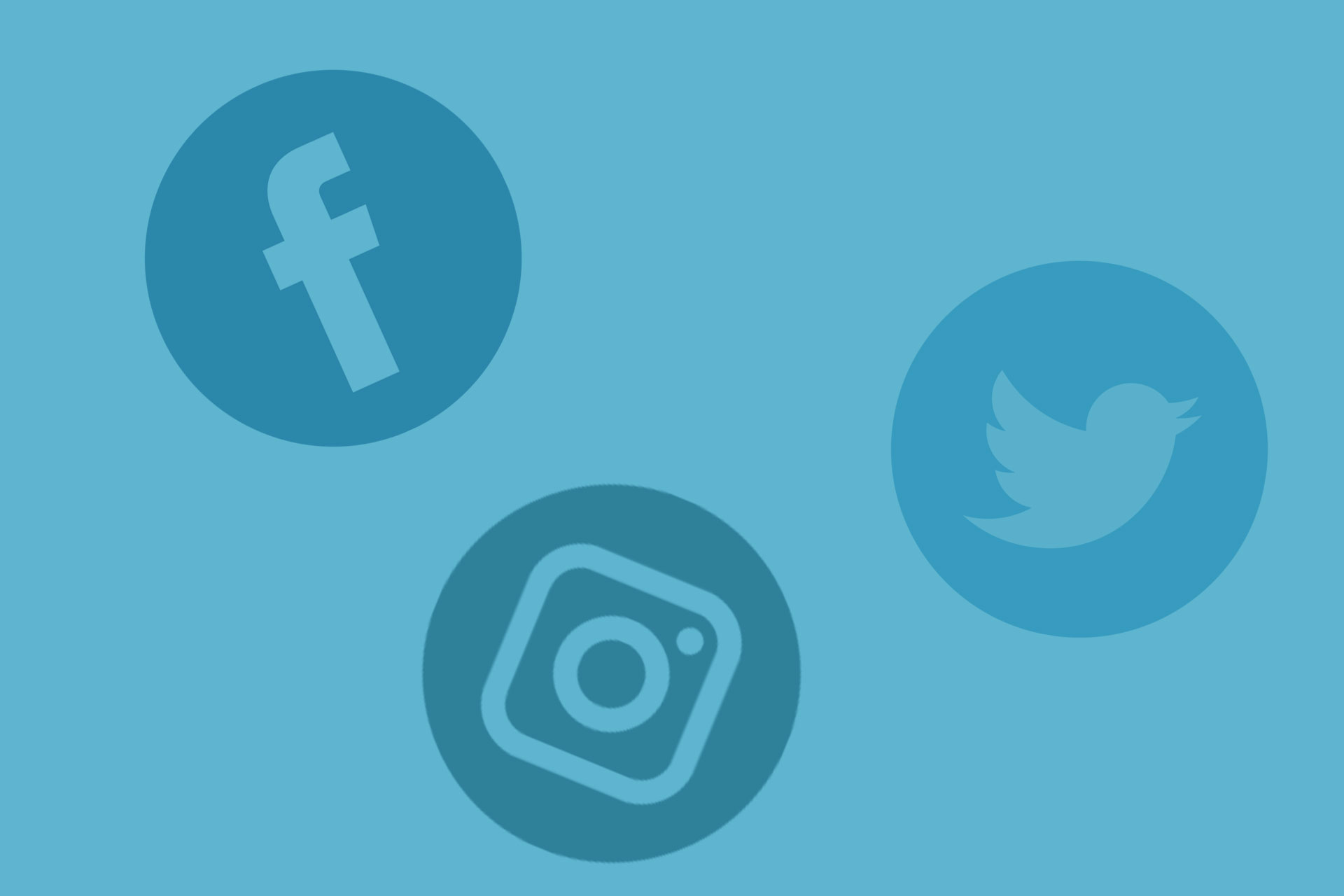Facebook, Twitter or Instagram?
Effective social media strategy can make all the difference to your company. But which platform should you focus on, and how do they differ? Orfi Media investigates.
_FACEBOOK
The original social media platform is still king, even if young people are looking for different options at the moment, meaning the biggest audience for your brand is Facebook – 2.2 billion users per month’s worth to be precise.
With potential like that, it would be criminal not to take advantage.
However, it can be hard to know how best to use Facebook to maximise exposure for your brand.
One thing to seriously consider is Facebook’s paid ads. They’re designed to allow you to burrow down into your target audience to a serious degree of accuracy, meaning you show your product to the people most likely to become customers.
You can also use Facebook’s pages and groups to create communities and share thoughts, blogs and value with your following – an excellent tool if you’re the type of company who rely on building close relationships with your users.
Sending statuses and posts into Facebook without investing in ads is a waste of time unless you have a large, captive existing audience. Use ads wisely, create communities of people interested in what you have to say and be patient. Facebook can have a massive pay off, but the platform is so dense, it can take a while to see the results.
_TWITTER
Twitter has evolved into a 24/7 feed for breaking news, opinions and the ramblings of celebrities. But what does that mean for your company?
Similar to Facebook, it can be difficult to get traction on Twitter with your own content. Feeds update so rapidly that your content quickly falls out of sight, meaning you’re reliant on people interacting with straight away, or finding it organically from searching.
But this isn’t a problem; in some ways it’s a bonus. You just need to know how best to use it to your advantage.
Twitter is a great platform for interacting with competitors, customers and, well, anybody. The more you respond to other users, the more likely it us that you’ll be appearing on news feeds, building awareness of your brand and growing your following.
It’s also a great way to communicate with customers about issues and problems. Twitter is where the world goes to moan, so if you can handle feedback in a public forum, you can show audiences your best face.
_INSTAGRAM
For small companies, Instagram is a crucial tool to reaching large audiences while your following is still being developed.
Due to the effectiveness of hashtags within the Instagram algorithm, knowing how to post on the platform can gain you much more exposure than your following would secure on Twitter or Facebook.
Of course, IG is 99% visual. You need to be creative to use it successfully, and you may also need a decent camera.
When people are scrolling through pictures, the most striking will be the ones that grab their attention. So keep that in mind when you’re posting.
There’s also Instagram Stories, which are perfect for providing an insight into the behind-the-scenes set-up at your business.
So, get creative, reply to everyone who comments on your pictures, and watch the brand awareness roll in!
We want to hear from you. What’s your go-to social media platform? Let us know in the comments below, and we’ll get back to you. Let’s start a discussion!



